The periodic table is a comprehensive catalog of all known chemical elements, each with unique properties and behaviors. While many elements are essential to life and industry, others pose significant health, environmental, and even existential risks. Understanding these hazardous elements is crucial for safety and informed decision-making.
1. Polonium

Polonium is an extremely radioactive element discovered by Marie Curie. Even in tiny amounts, it is highly toxic, with a single gram able to kill millions. It gained notoriety as a poisoning agent in high-profile cases. It’s primarily used in antistatic devices and as a heat source in space probes. For more detailed information, refer to the CDC’s Emergency Response Card on Polonium.
2. Plutonium

Plutonium is notorious for its use in nuclear weapons. It is radioactive, and its isotopes pose serious risks if ingested or inhaled, damaging organs and increasing cancer risk. Plutonium-239 is especially dangerous due to its long half-life. See more details at: EPA’s Radionuclide Basics: Plutonium
3. Mercury

Mercury is toxic in both elemental and compound forms. It can cause neurological and organ damage from prolonged exposure, especially in vapor form. Famous mercury poisoning cases include the Minamata disaster in Japan. See more from the World Health Organization:
4. Arsenic

Arsenic is a naturally occurring toxic metalloid used historically as a poison. Chronic exposure through contaminated water or food can result in numerous health problems like cancer and skin lesions. The WHO continually warns of arsenic’s risks: https://www.who.int/news-room/fact-sheets/detail/arsenic
5. Beryllium
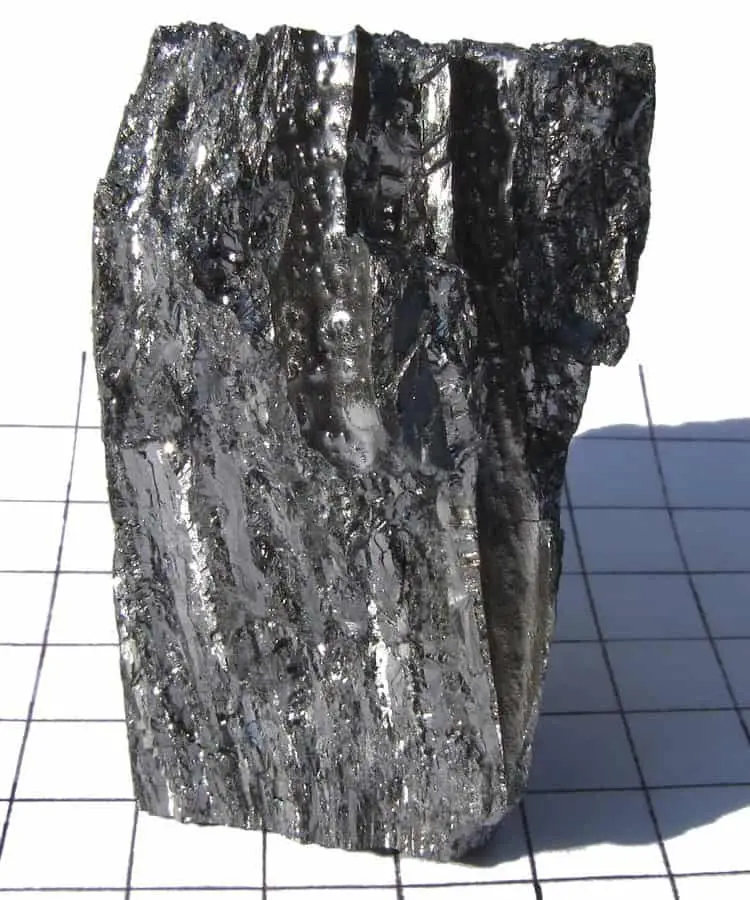
Extremely light and strong, beryllium is hazardous to inhalation, leading to a chronic lung disease called berylliosis. Used in aerospace and nuclear industries, strict handling is required. More about beryllium dangers: https://www.cdc.gov/niosh/topics/beryllium/
6. Astatine
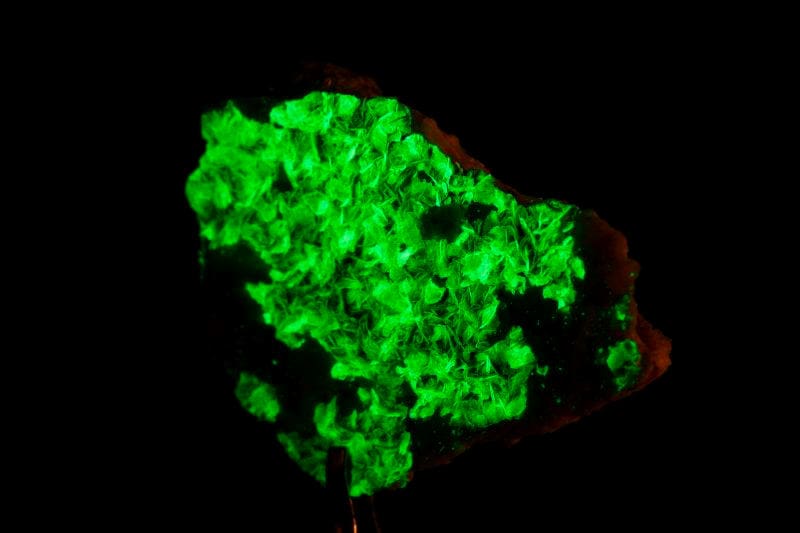
Astatine is a rare, radioactive halogen with properties similar to iodine but much more unstable. Its intense radioactivity and scarcity make it extremely dangerous and difficult to study. (rsc.org)
7. Francium
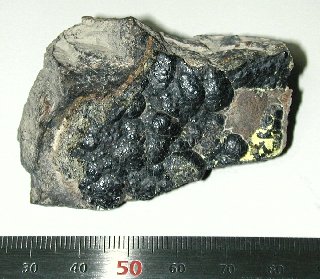 This sample of uraninite contains about 100,000 atoms (3.7×10−17 g) of francium-223 at any given time. Source: Wikipedia
This sample of uraninite contains about 100,000 atoms (3.7×10−17 g) of francium-223 at any given time. Source: Wikipedia
Francium is a highly radioactive alkali metal with an extremely short half-life, making it exceedingly rare and unstable. Its intense reactivity and rapid decay render it impractical for any practical applications. For more information, refer to Live Science’s overview of francium. (livescience.com)
8. Thallium
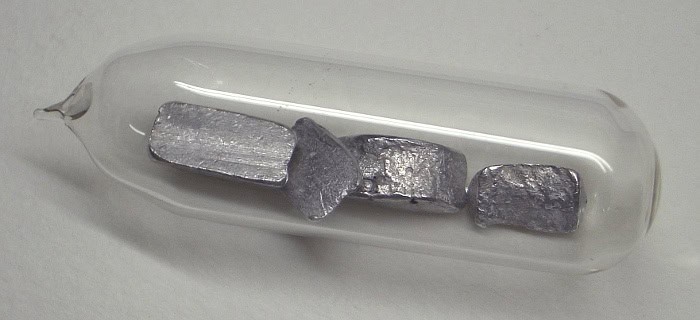 Pieces of very pure thallium in glass ampoule under argon. Source: Wikipedia
Pieces of very pure thallium in glass ampoule under argon. Source: Wikipedia
Thallium is a heavy metal that was once widely used in rat poisons and pesticides due to its odorless and tasteless nature. However, its use has been prohibited in many countries, including the United States, since 1972 due to severe health risks. Thallium compounds are highly toxic and can be absorbed through the skin, leading to symptoms such as hair loss, gastrointestinal distress, and neurological damage. For more information, refer to the CDC’s overview on thallium. (cdc.gov)
9. Radon
 A tailing pond near Rifle, Colorado. Waste from uranium mining has been allowed to settle and is exposed to the atmosphere, leading to the release of radon gas into the air and decay products into the groundwater. Source: Wikipedia
A tailing pond near Rifle, Colorado. Waste from uranium mining has been allowed to settle and is exposed to the atmosphere, leading to the release of radon gas into the air and decay products into the groundwater. Source: Wikipedia
Radon is an invisible, odorless radioactive gas that can accumulate in homes, posing significant health risks. Prolonged inhalation of radon increases the risk of lung cancer, making it the leading cause of lung cancer among non-smokers. To learn more about radon’s effects, visit the EPA’s health risk page: https://www.epa.gov/radon/health-risk-radon
10. Plutonium
Plutonium is a radioactive metal primarily associated with nuclear weapons and power generation. Inhalation or ingestion of plutonium particles can be lethal and increase the risk of cancer. For more information, refer to the EPA’s overview on plutonium. (epa.gov)
11. Cesium

Cesium-137 is a radioactive isotope produced during nuclear fission, commonly used in medical devices and industrial gauges. Exposure to Cs-137 can lead to radiation sickness, burns, and increased cancer risk. Notably, the 1987 Goiânia accident in Brazil resulted in severe contamination and fatalities due to improper handling of Cs-137. For more information, refer to the CDC’s overview on cesium-137. (cdc.gov)
12. Chlorine

Chlorine is a vital element in water treatment and sanitation processes. However, its gaseous form is highly toxic and was infamously used as a chemical weapon during World War I. Inhalation of chlorine gas can cause severe respiratory damage and can be lethal. For more information on chlorine’s health risks, refer to the CDC’s overview on chlorine. (ncbi.nlm.nih.gov)
13. Fluorine
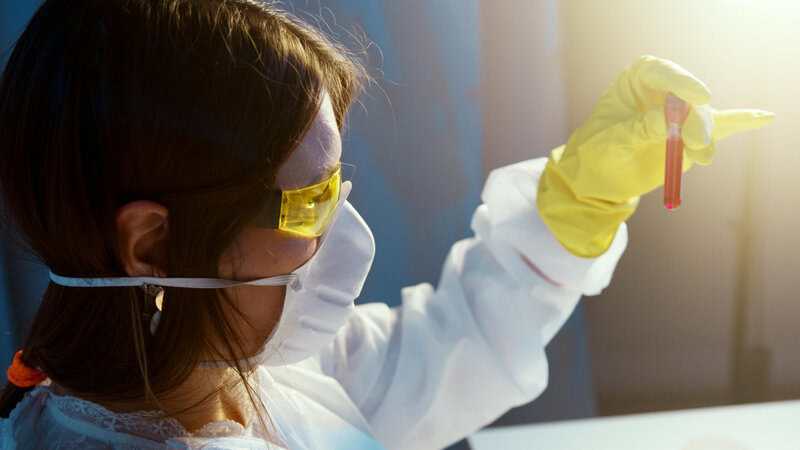
Fluorine is the most electronegative element, existing as a pale yellow-green gas with a pungent odor. Its extreme reactivity makes it highly toxic and capable of igniting organic matter upon contact. Handling fluorine requires specialized equipment, such as all-glass apparatus, to prevent dangerous reactions. For detailed information, refer to PubChem’s overview of fluorine. (pubchem.ncbi.nlm.nih.gov)
14. Lead
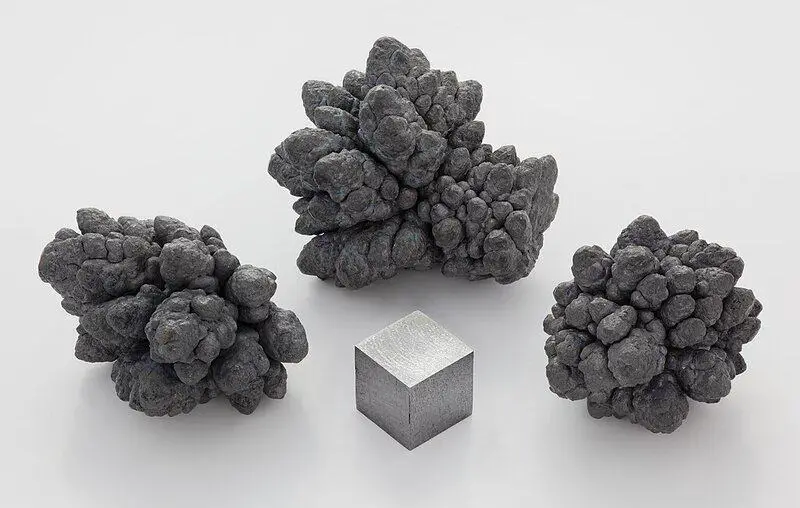
Lead exposure, primarily from deteriorating lead-based paint, contaminated soil, and plumbing systems, poses significant health risks. In children, even low levels can cause developmental delays, reduced IQ, and behavioral issues. Adults may experience high blood pressure, kidney damage, and reproductive problems. Despite bans, legacy contamination persists, affecting many homes built before 1978. For more information, visit the CDC’s lead prevention page. (cdc.gov)
15. Californium

Californium is a synthetic, highly radioactive element used in neutron sources. It can damage tissues and organs, and only special facilities can handle it safely. Further reading: https://www.nrc.gov/reading-rm/doc-collections/fact-sheets/californium.html
Conclusion

The elements discussed highlight the inherent unpredictability and dangers associated with certain substances. Their potential for harm underscores the necessity for comprehensive knowledge, strict safety protocols, and responsible scientific practices. By adhering to established safety measures, such as proper labeling, use of personal protective equipment (PPE), and thorough training, we can mitigate risks and ensure the safe handling and application of these hazardous materials. Continuous education and vigilance are essential in maintaining safety standards and protecting both individuals and the environment. (en.wikipedia.org)
.article-content-img img { width: 100% }

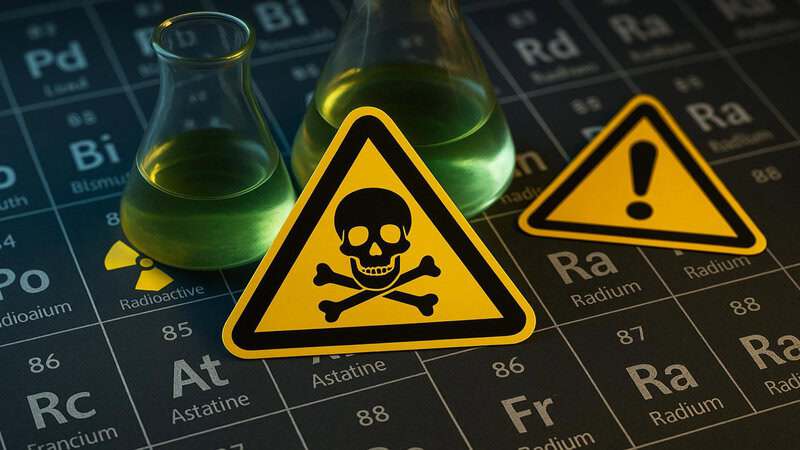

Vielleicht interessiert es Sie:
Wussten Sie! Minensuchratten auf dem Schlachtfeld und sie sind super effektiv!
Wie viele Giraffenarten gibt es? Leben sie alle in Afrika?
Der Vogel ist das Weibchen der Vögel: wahr oder falsch?
Warum bauen Biber Dämme? Welchen Nutzen?
Warum leben manche Tiere nachtaktiv? Welche Vorteile?
Küssen Tiere? Ist das die gleiche Bedeutung wie Menschen?
200+ Hilarious Seahorse Jokes That Will Make You Smile and Giggle
200+ Funny Investment Jokes to Boost Your Financial Humor Game